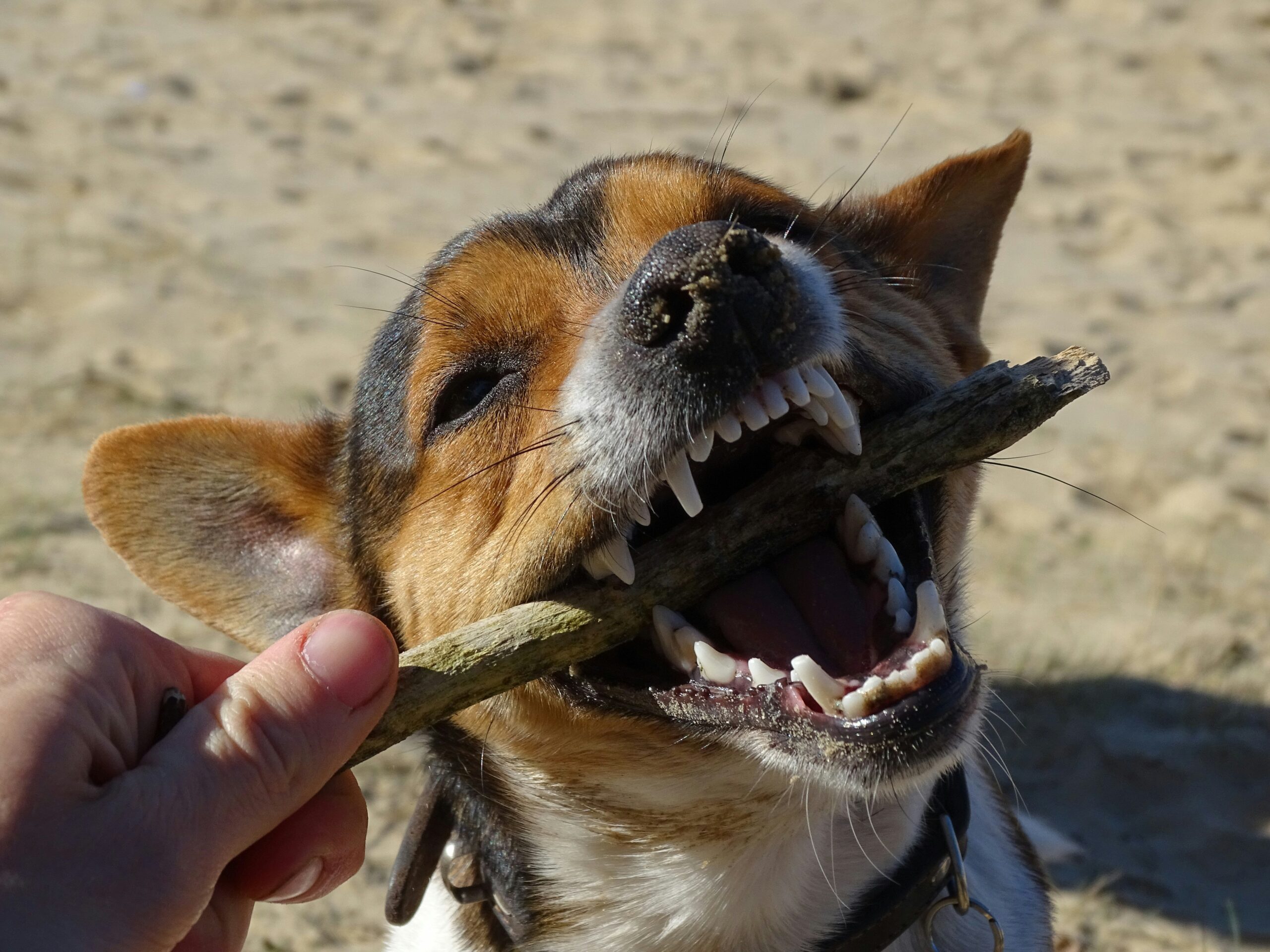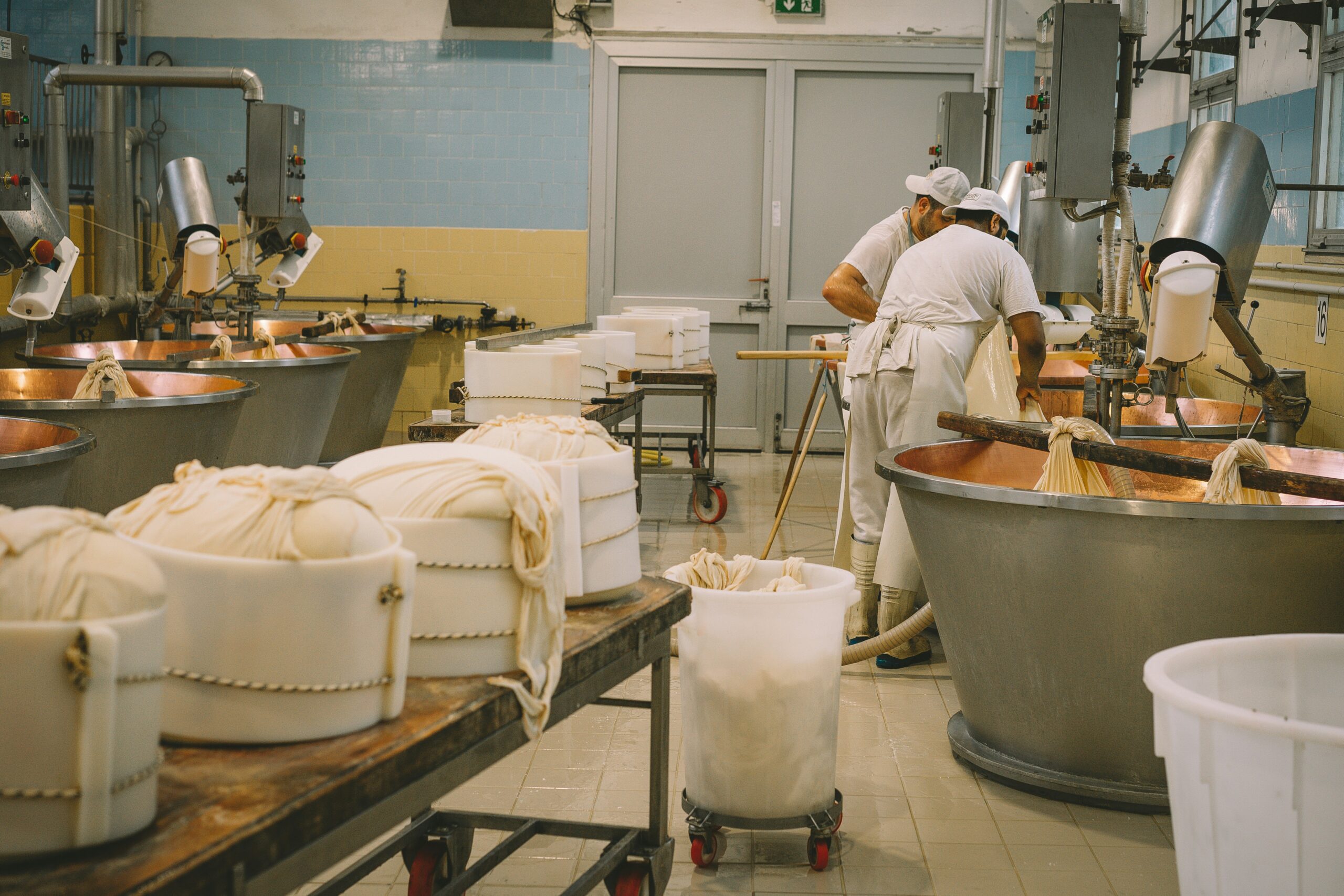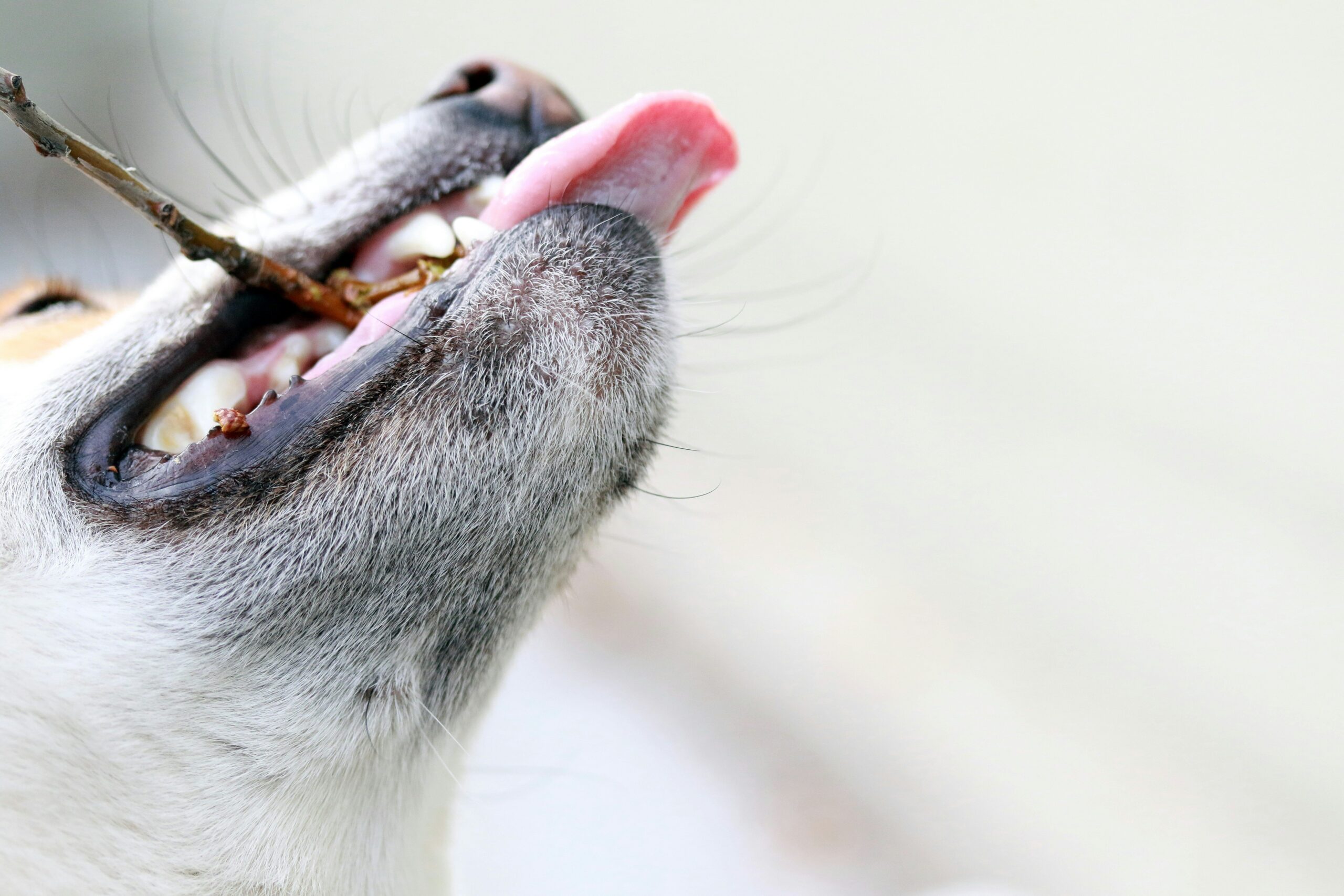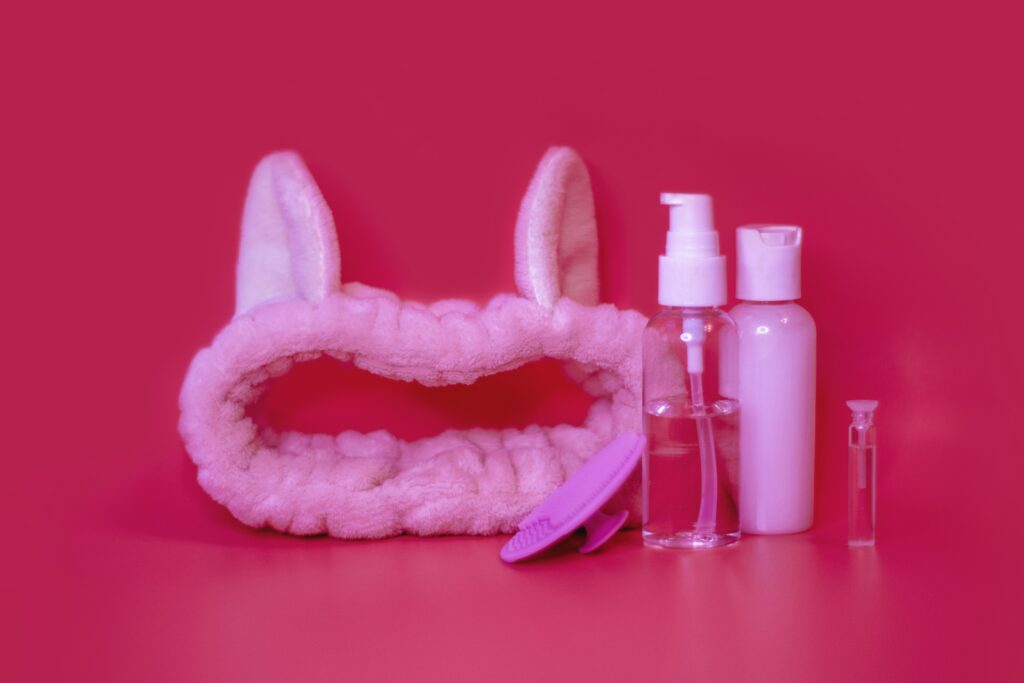Ever bought a dental toy for your pup only to find it shredded in under an hour? Yeah, we’ve all been there. Watching your dog gleefully tear through their new $20 “indestructible” toy feels like throwing cash into a woodchipper.
In this post, you’ll learn why Durability and Breakage Tests are the unsung heroes of choosing safe and long-lasting pet dental toys—and how they can save both your wallet *and* your sanity. Stick around for actionable tips, real-world examples, and some brutally honest advice on avoiding common mistakes.
Table of Contents
- Why Durability Matters for Pet Dental Toys
- Step-by-Step Guide to Conducting Durability Tests
- Best Practices for Choosing Durable Toys
- Real-Life Success Stories: What Works (and What Doesn’t)
- Frequently Asked Questions About Toy Testing
Key Takeaways
- Understanding durability tests ensures safer toys for pets.
- Material choice matters more than flashy branding.
- Pet-specific behavior impacts longevity—plan accordingly!
Why Does Durability Matter for Pet Dental Toys?

I once gave my Labrador a dental chew marketed as “tough enough for power chewers.” Spoiler alert: It wasn’t. Within minutes, chunks were flying everywhere, which had me sprinting after him so he wouldn’t swallow anything dangerous. This scenario isn’t just frustrating—it’s potentially life-threatening.
“Optimist You: ‘They said indestructible!’
Grumpy You: ‘Yeah, right.'”
The importance of rigorously testing toys cannot be overstated:
- Safety First: Broken pieces can choke or damage teeth.
- Cost Efficiency: Spend less time replacing toys every week.
- Happiness Boost: Dogs love durable toys; owners hate cleaning up messes.
Step-by-Step Guide to Conducting Durability and Breakage Tests

Step 1: Know Your Pet’s Chewing Style
Not all dogs are created equal when it comes to chewing habits. Some nibble gently, while others go full Hulk smash mode. Knowing where your furry friend falls helps narrow down suitable options.
Step 2: Check Materials
Terrific tip: Natural rubber is often better than cheap plastics, especially for aggressive chewers. Avoid toys claiming “soft yet strong”—that’s usually code for “breaks instantly.”
Step 3: Perform Stress Tests at Home
- Squeeze the toy forcefully—you shouldn’t feel weak spots.
- Bite test (carefully): Use pliers to mimic heavy pressure.
- Freeze it overnight then check for cracks upon thawing.
Step 4: Observe Real Use
Give the toy to your pooch supervisedly for 5–10 minutes. Look for signs of wear, tearing, or small fragments coming loose.
Best Practices for Choosing Durable Pet Dental Toys
- Read Reviews Strategically: Ignore fluff comments from bots saying “My dog LOVES this!” Focus on detailed accounts mentioning actual performance.
- Avoid Bright Yellow Flags: If a product has thousands of reviews but hundreds complain about breakage? RUN.
- Rant Moment: Stop falling for gimmicky shapes designed solely to look cute—they’re rarely functional OR durable. Example? That dumb banana-shaped squeaky toy I got last Christmas. One bite later, no squeak. RIP $15.
Real-Life Success Stories: What Works (and What Doesn’t)

Success Story #1: The KONG Extreme series lives up to its name. After six months of non-stop gnawing by a pitbull mix, one owner reported barely any visible damage. Their secret sauce? High-quality natural rubber combined with thoughtful design.
Failure Case: On the flip side, many budget-friendly plush toys failed miserably. For instance, a popular lion-shaped option lasted exactly ZERO rounds against a husky puppy before turning into confetti.
Frequently Asked Questions About Toy Testing
Q: Are there industry standards for conducting durability tests?
Absolutely! Organizations like ASTM International set benchmarks for safety and performance testing. Always prioritize certified products whenever possible.
Q: How do I know if my dog needs extra-durable toys?
Look for clues: Does your dog destroy toys within hours? Do they have sharp teeth or intense play behaviors? If yes, opt for tougher materials explicitly labeled for “aggressive chewers.”
Q: Can DIY modifications improve toy durability?
Terrible Tip Alert™️: Do NOT attempt DIY solutions unless you’re confident it won’t harm your pet. For example, reinforcing seams with duct tape seems smart… until your dog eats the tape. Oops.
Conclusion
In conclusion, mastering Durability and Breakage Tests saves not just money but peace of mind too. By understanding material differences, knowing your dog’s chewing style, and prioritizing well-tested products, you ensure longer-lasting fun for everyone involved.
Remember: A good dental toy keeps tails wagging—and wallets intact. Now go forth, armed with knowledge, and conquer those chew sessions like a pro. 🐶✨
Like a Tamagotchi, your SEO requires daily care—but rewards patience tenfold. 😉


